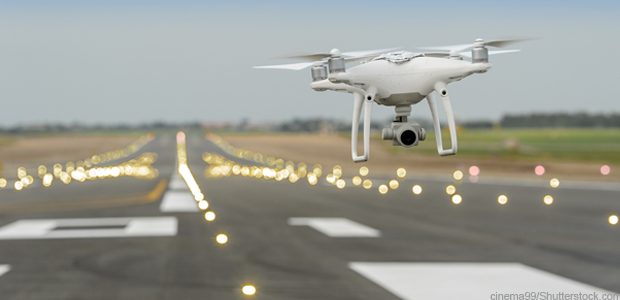FAA drone tracker launches nationwide

The FAA completed the rollout of a nationwide real-time drone operations authorization system.

The sixth and final installment of the Federal Aviation Administration's real-time drone flight authorization system is live, making the capabilities available nationwide.
The FAA said on Sept. 13 that it had turned on the Low Altitude Authorization and Notification Capability (LAANC) in its North Central region.
The FAA has been rolling LAANC out to its six operating regions since a spring beta test. The capabilities, said acting FAA Administrator, Dan Elwell in a Sept. 13 statement, now cover all of its 288 air traffic control facilities that serve 470 airports across the country.
The nationwide coverage had its boundaries temporarily trimmed by Hurricane Florence.
The agency said on Sept. 14 that it had turned the capability off at Fayetteville, Florence, Wilmington and Jacksonville airports in North Carolina and Myrtle Beach, S.C., as the storm roared through the region.
In April, Elwell said his agency was expanding LAANC nationwide by September to help address mounting numbers of private drones operating in the country. Agency regulations require unmanned system operators flying aircraft at lower altitudes -- below 400 feet -- in airspace managed by an agency air traffic control facility to get formal permission before such operations.
LAANC provides near-real time processing of airspace authorizations for drone operators, as well as a more detailed traffic picture of the controlled space. The services are based on a public-private partnership between FAA and industry service suppliers.
The system is part of the agency's UAS Data Exchange umbrella, which aims to facilitate drone registration and help speed integration of the unmanned aircraft into the airspace used by traditional commercial and private manned aircraft.
Last November, the FAA began testing LAANC at eight air route control centers, with the goal of ultimately covering the 280 air traffic control facilities nationwide.
Along with turning LAANC off in the hurricane-struck Carolinas, the FAA also warned drone operators in the region it has restricted drones working in recovery efforts to below 200 feet to keep them out of the way of manned aircraft. It also warned private drone operators of steep fines for flying in disaster areas without authorization.
NEXT STORY: A Productivity App With a New Twist: Threats





